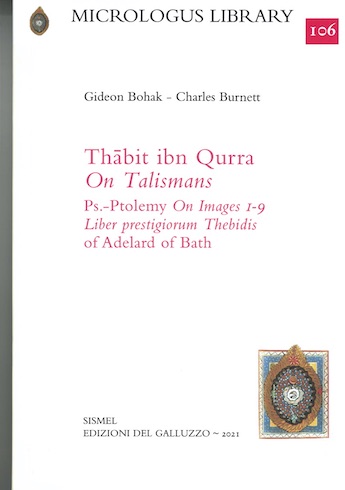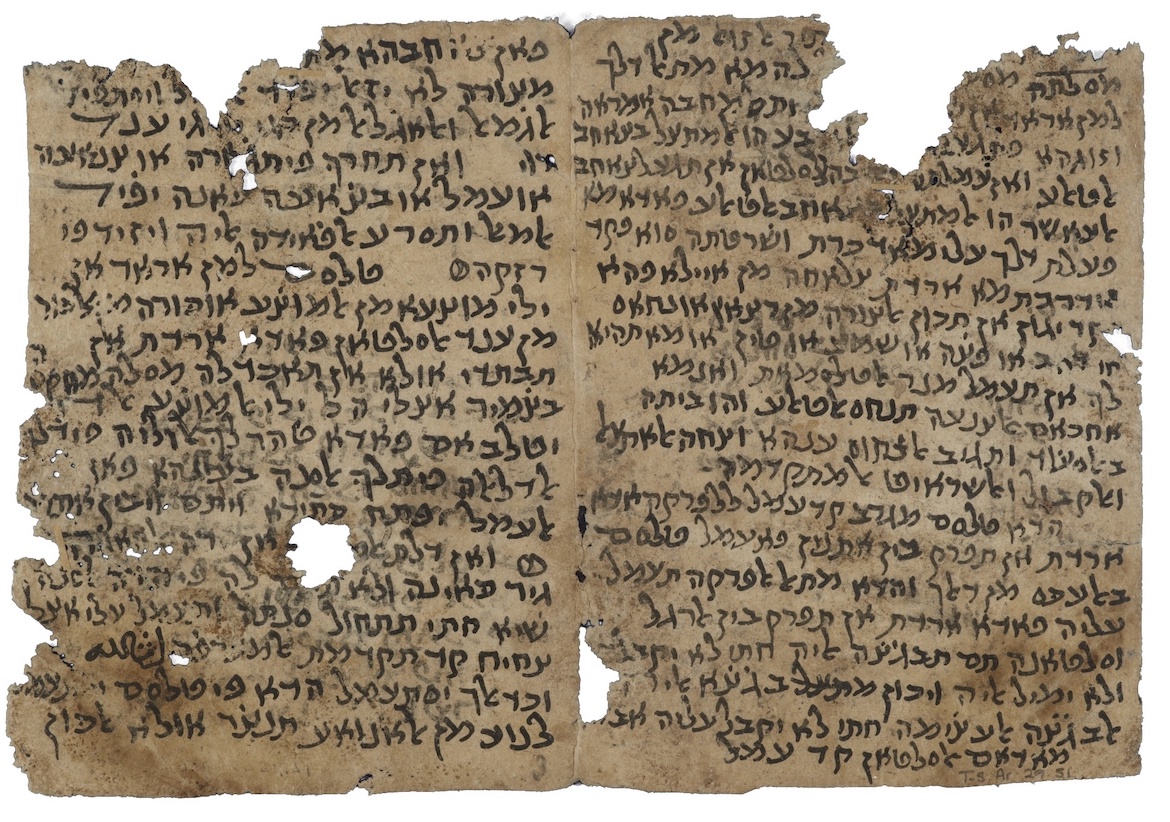Book: Thabit ibn Qurra On Talismans, by Gideon Bohak and Charles Burnett

Thabit ibn Qurra On Talismans and Ps.-Ptolemy On Images 1-9. Together with the Liber prestigiorum Thebidis of Adelard of Bath ● By Gideon Bohak and Charles Burnett ● Sismel, 2021
Not everyone can claim to have looked at every single item in the Taylor-Schechter Collection. Even after a quarter of a century working on the Genizah, I’m not sure I’ve actually seen every fragment in the Cambridge Collection. Professor Gideon Bohak, of Tel-Aviv University, however, can rightfully claim to have done this. He spent a year in the Genizah Research Unit from 2007–8, with the intention of going through the entire Genizah Collection, fragment by fragment, in search of magical and esoteric items that had escaped the eye of earlier experts. Over that year, he did indeed comb the whole T-S Collection, and added greatly to the existing handlist of magical items with further spell books, amulets, alchemical and divinatory texts, etc.
Among his most surprising discoveries was ‘a chance find’ that has now been published in book form, along with Prof. Charles Burnett of the Warburg Institute. It’s several fragments of a Judaeo-Arabic text on astrological talismans that, when Bohak and Burnett delved into it, turned out to be a major part of Thābit ibn Qurra’s On Talismans, originally written in 9th-century Baghdad, followed by Pseudo-Ptolemy’s On the Images on the Decans of the Signs. The discovery is the first continuous Arabic text of Ibn Qurra’s On Talismans – previously well known in Latin, with versions by John of Seville (De ymaginabus astonomicis) and Adelard of Bath (Liber astonomicon prestigiorum Thebidis), but not extant in Arabic – as well as the first direct evidence of Pseudo-Ptolemy’s On the Images in an Arabic version.
These two lost Arabic works are now published in a very attractive paperback edition by Sismel, which includes the Latin versions together with most other major excerpts of the works in Hebrew, Arabic and Greek, alongside the new discoveries.

T-S Ar.29.51, produced by a rather sloppy scribe

Add new comment